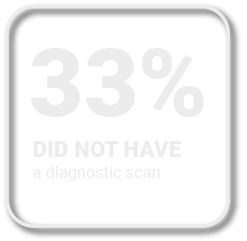Bone Health Survey 2023
This international survey confirms that osteoporosis-related fractures represent a major health issue, with almost one in two of the women surveyed having sustained an osteoporosis-related fracture. Furthermore, although we know that one fragility fracture doubles the risk of more fractures, the survey found that some 45% of the women who had broken a bone did not go on to receive the anti-osteoporosis treatment needed to prevent more, potentially life-threatening fractures in the future.
KEY FINDINGS OF THE SURVEY
Broken Bones are too Common!
On average, 43% of the women surveyed stated that they had broken a bone following a minor fall or bump after the age of fifty. The percentage was highest in Japan (73.3%) and the UK (60.9%), and lowest in Brazil (21.6%).
Evaluation & Treatment Gap
Evaluation and treatment were clearly inadequate as an average of 32.7% did not have a diagnostic scan and 45% did not receive any kind of treatment for osteoporosis following their fracture.
The treatment gap was highest in Spain where 58.4% stated that they had not received treatment, followed by Brazil (52.4%).
COMMUNICATION WITH DOCTORS MUST BE IMPROVED!
Of the 57.16% of respondents who indicated they had not broken a bone, an average of 31.3% stated that they had never discussed bone health or osteoporosis with their doctors.
This was highest in the UK (51.1%) followed by Japan and Spain (each 31.3%).
Of those who had discussed bone health with their doctors, an average of 63% indicated that they had a diagnostic scan (ranging from 43.7 % in the UK to 72% in Brazil and South Korea) and an average of only 13% stated that they had discussed risk factors.
Wrist and Spine Fractures are more frequent
Wrist fractures were the most common type of fracture (average 33.1%) followed by spine fractures (average 20.1%).






